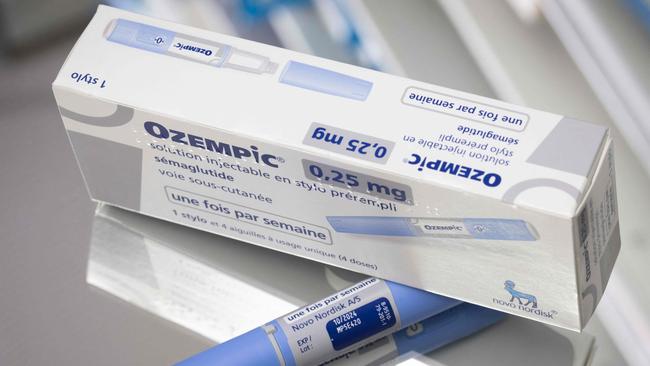Diabetes drugs like Ozempic ‘lower cancer risks’
A class of diabetes medications, which include the best-selling drug Ozempic, are associated with a reduced risk of certain obesity-related cancers, according to a new study.

A class of diabetes medications, which include the best-selling drug Ozempic, are associated with a reduced risk of certain obesity-related cancers, according to a new study.
The study, published in the journal JAMA, compared patients with Type 2 diabetes who were treated with insulin versus patients who were given a class of drug known as GLP-1 agonists, like Ozempic, between 2005 and 2018.
The researchers found that the patients who received GLP-1 agonists had a significantly lower risk of developing 10 out of 13 cancers studied, including kidney, pancreatic, esophageal, ovarian, liver and colorectal cancer.
Among the cancers in which there was no significant change in risk were thyroid cancer and breast cancer in postmenopausal women.
“Obesity is well known to be associated with at least 13 cancer types,” study author Rong Xu said.
“Our study provides evidence that GLP-1RAs hold promise in breaking the link between obesity and cancer.
Among the drugs studied were semaglutide, commercially sold as Ozempic, as well as liraglutide and others. Ozempic was approved in the US in 2017 and in Australia in 2020.
GLP-1 agonists have been around for about 20 years, but a new generation of these drugs, among them Ozempic, has been popularised for their more significant weight loss effects.
Meanwhile, the World Health Organisation’s cancer agency has classified talc as “probably carcinogenic” for humans.
The decision was based on “limited evidence” talc could cause ovarian cancer in humans, “sufficient evidence” it was linked to cancer in rats and “strong mechanistic evidence” that it shows carcinogenic signs in human cells, the WHO’s International Agency for Research on Cancer said.
Talc is a naturally occurring mineral that is mined in many parts of the world and is often used to make talcum baby powder. Most people are exposed to talc in the form of baby powder or cosmetics.
But the most significant exposure to talc occurs when it is being mined, processed or used to make products.
The agency said there were many studies that consistently showed an increase in the rate of ovarian cancer in women who use talc on their genitals. But it could not rule out that the talc in some studies was contaminated with cancer-causing asbestos.
AFP



To join the conversation, please log in. Don't have an account? Register
Join the conversation, you are commenting as Logout